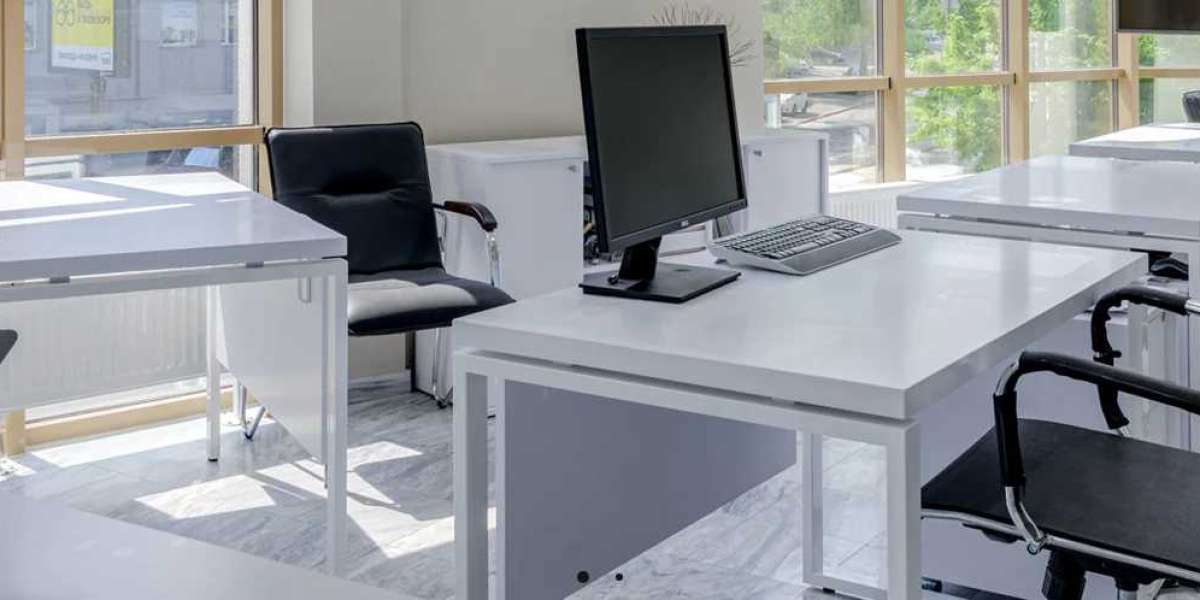Introduction
Creating an eco-friendly office not only contributes to environmental sustainability but also promotes a healthier and more cost-effective work environment. Implementing green practices can reduce waste, lower energy consumption, and enhance overall well-being. Here’s a comprehensive guide to transforming your office into an eco-friendly workspace.
1. Reduce Energy Consumption
a. Energy-Efficient Lighting
- LED Bulbs: Replace traditional incandescent bulbs with energy-efficient LED lights, which use less energy and last longer.
- Natural Light: Maximize natural light by positioning workstations near windows and using light-colored paints to reflect daylight.
b. Smart Thermostats
- Temperature Control: Install smart thermostats to regulate heating and cooling efficiently based on office occupancy and weather conditions.
- Programmable Settings: Set temperatures lower in winter and higher in summer when the office is unoccupied.
c. Power Management
- Energy-Efficient Appliances: Use energy-efficient office equipment and appliances, such as ENERGY STAR-rated computers, printers, and refrigerators.
- Power Strips: Plug electronic devices into power strips and turn them off when not in use to reduce phantom energy consumption.
2. Minimize Waste
a. Reduce Paper Usage
- Digital Documentation: Switch to digital documentation and storage solutions to minimize paper use.
- Double-Sided Printing: Implement double-sided printing and copying to reduce paper consumption.
b. Recycling Programs
- Recycling Stations: Set up clearly labeled recycling bins for paper, plastics, glass, and metals throughout the office.
- E-Waste Disposal: Establish a procedure for properly recycling electronic waste, such as old computers and printers.
c. Sustainable Office Supplies
- Eco-Friendly Products: Choose office supplies made from recycled materials, such as recycled paper, pens, and binders.
- Reusable Items: Opt for reusable items, such as refillable water bottles, coffee mugs, and cloth napkins, instead of disposable alternatives.
3. Promote Sustainable Transportation
a. Encourage Public Transit
- Transit Benefits: Provide incentives or subsidies for employees who use public transportation or carpool.
- Nearby Transit Options: Choose office locations that are accessible by public transit to facilitate easy commuting.
b. Bike-Friendly Facilities
- Bike Racks: Install secure bike racks and encourage employees to bike to work.
- Showers and Changing Rooms: Provide shower facilities and changing rooms for employees who bike or walk to work.
c. Remote Work Options
- Telecommuting: Offer remote work options to reduce the need for commuting and decrease the office’s carbon footprint.
- Flexible Hours: Implement flexible working hours to reduce peak-time traffic congestion and allow employees to avoid rush-hour travel.
4. Implement Green Building Practices
a. Sustainable Materials
- Eco-Friendly Furniture: Choose office furniture made from sustainable or recycled materials.
- Low-VOC Paints: Use low-VOC (volatile organic compounds) paints and finishes to improve indoor air quality.
b. Indoor Air Quality
- Ventilation: Ensure proper ventilation and air filtration to maintain healthy indoor air quality.
- Plants: Incorporate indoor plants to naturally filter the air and improve overall office ambiance.
c. Water Conservation
- Low-Flow Fixtures: Install low-flow faucets, toilets, and urinals to reduce water consumption.
- Water Bottles: Provide water dispensers and encourage employees to use reusable water bottles instead of single-use plastic.
5. Foster a Culture of Sustainability
a. Green Policies
- Sustainability Policy: Develop and communicate an office sustainability policy outlining goals and practices for reducing environmental impact.
- Employee Involvement: Engage employees in sustainability initiatives and encourage them to contribute ideas and solutions.
b. Training and Awareness
- Eco-Friendly Practices: Provide training on eco-friendly practices and the benefits of sustainability to increase awareness and participation.
- Regular Updates: Share updates and achievements related to the office’s sustainability efforts to keep employees informed and motivated.
c. Community Engagement
- Local Initiatives: Support local environmental initiatives or participate in community clean-up events.
- Partnerships: Partner with local green businesses or organizations to promote sustainability and support eco-friendly practices.
Conclusion
Creating an eco-friendly office involves adopting energy-efficient practices, minimizing waste, promoting sustainable transportation, implementing green building practices, and fostering a culture of sustainability. By taking these steps, you can contribute to environmental conservation, reduce operational costs, and create a healthier and more productive work environment. Implementing these strategies not only benefits the planet but also enhances the overall well-being of your employees and organization.








